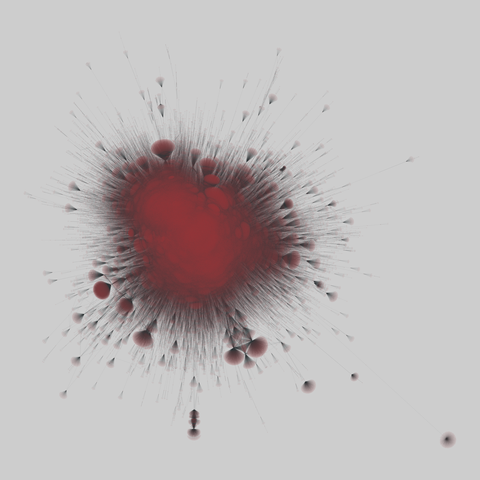2025-09-18 02:00:12
twitter_events: Twitter, 5 events (2013-2014)
Various multiplex networks of retweets, mentions, and replies among Twitter users during specific events or occasions in 2013 and 2014.
This network has 438537 nodes and 991854 edges.
Tags: Social, Online, Multilayer, Unweighted
https://networks.skew…
2025-09-18 11:55:57
The Atlantic Festival, being held in NYC, is expected to attract nearly 2,000 in-person attendees; events now comprise 25% of The Atlantic's commercial revenue (Mark Stenberg/Adweek)
https://www.adweek.com/media/atlantic-festival-events-new-york/
2025-08-19 13:25:37
2025-09-18 10:22:51
EvHand-FPV: Efficient Event-Based 3D Hand Tracking from First-Person View
Zhen Xu, Guorui Lu, Chang Gao, Qinyu Chen
https://arxiv.org/abs/2509.13883 https://
2025-09-17 20:51:20
Übrigens: Am 29. bin ich in Tübingen, wir sprechen über Tech Faschismus und Palantir
https://tue4.org/events/78a513f4-5e16-4bbc-b905-c20faf72ade4
2025-09-19 14:30:31
Milwaukee Friends, I will be at Enderis Park on Saturday Sept 20th (tomorrow!) 9am-Noon with my artwork for sale for super-cheap.
And if you say "I'm Anti-Fascist and believe in Free Speech!" you'll get a 50% discount!"
https://www.enderispark.org/events-1/harve
2025-09-19 08:36:31
On Optimality and Human Prediction of Event Duration in Real-Time, Real-World Contexts
Mark G Orr
https://arxiv.org/abs/2509.14482 https://arxiv.org/pdf/25…
2025-10-17 19:31:22
2025-09-18 08:22:22
Weltfrauentag im Wedding – die Event-Tipps https://weddingweiser.de/weltfrauentag-im-wedding-die-event-tipps-rund-um-den-feministischen-kampftag/
2025-08-19 07:59:29
"This strange brew of shock, confusion, and ambivalence, I’ve realized, is the defining emotion of the generative-AI era. Three years into the hype, it seems that one of AI’s enduring cultural impacts is to make people feel like they’re losing it."
https:/…








